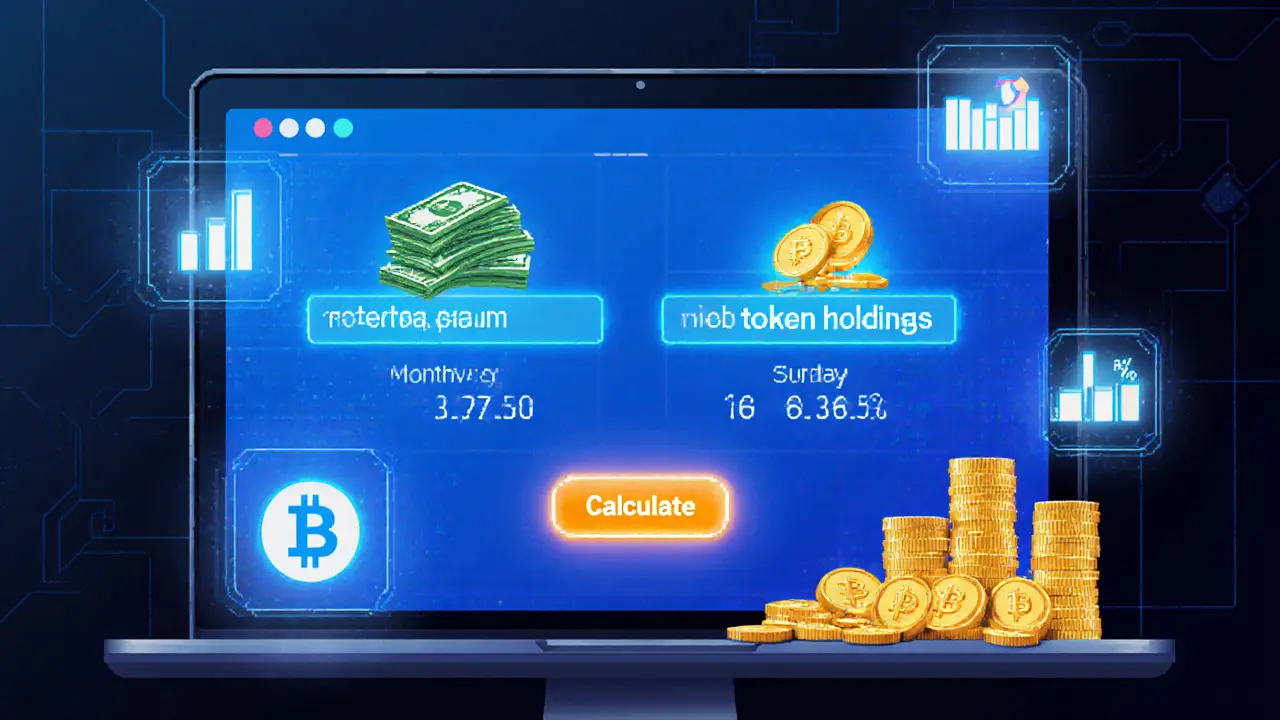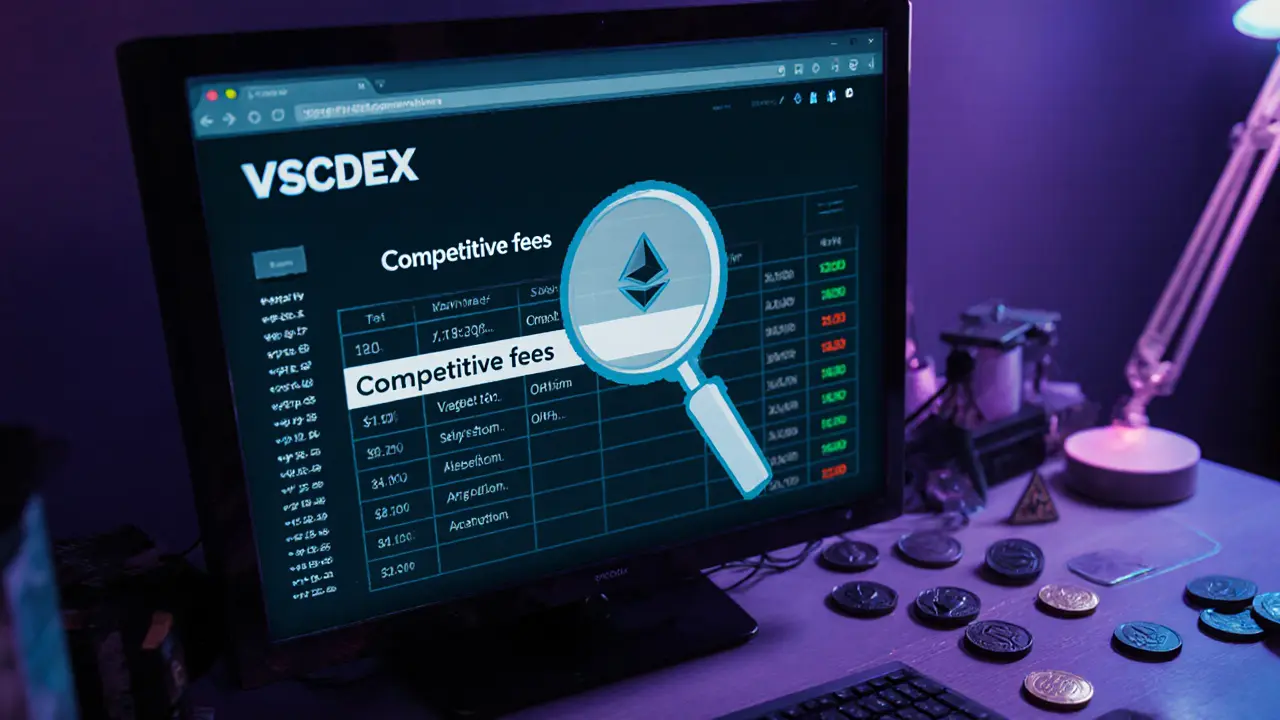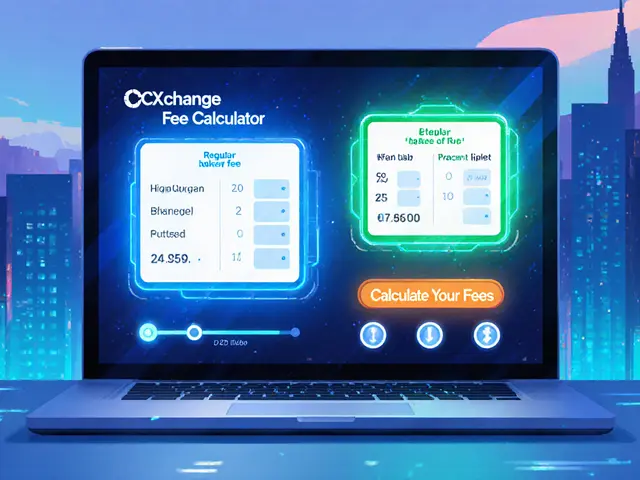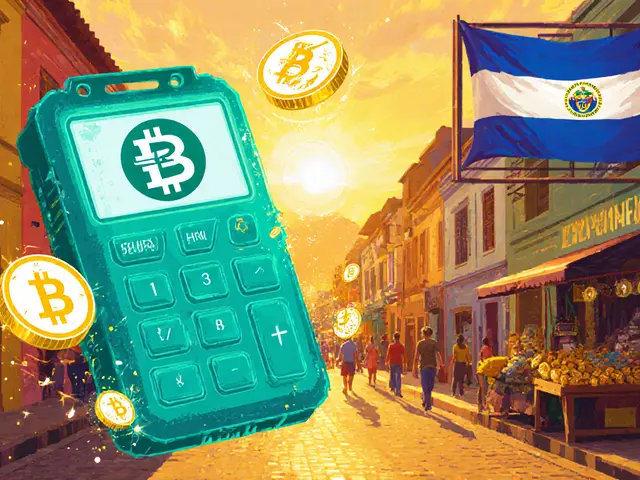AltMarket Fee Calculator
Trade Cost Calculator
Withdrawal Fee Calculator
Results & Comparison
Key Takeaway: AltMarket charges higher trading fees but offers lower withdrawal costs.
This calculator helps you see the real cost difference across exchanges based on your trading volume.
Exchange Comparison
When it comes to AltMarket is a U.S.-based centralized crypto exchange that markets itself as a no‑KYC platform for peer‑to‑peer digital asset trading, many traders wonder whether the hype matches reality. This review cuts through the noise, looks at fees, security claims, supported assets, and the day‑to‑day experience so you can decide if AltMarket fits your needs.
Quick Takeaways
- AltMarket review: offers a simple, no‑KYC sign‑up but lacks fiat on‑ramps and transparent volume data.
- Flat trading fee of 0.25% for makers and takers - higher than most major exchanges.
- Withdrawal fees are low (e.g., 0.000051 BTC) but users report delays of several days.
- Security claims include multisignature cold storage and air‑gapped master keys, yet no public audit exists.
- Best for privacy‑focused traders who already hold crypto and trade modest volumes.
How AltMarket Started - A Brief History
Sources differ on the exact launch year. Slashdot lists 2014 as the founding date, while ICORankings points to a 2018 rollout. Regardless of the discrepancy, AltMarket has operated from the United States under the domain alt.market. Its core promise is a “no‑frills, no‑KYC” environment, targeting users in jurisdictions where mainstream platforms demand extensive identity verification.
Security Claims vs. Reality
AltMarket touts a “robust cold storage system backed by reliable cryptographic techniques.” The company says it uses multisignature wallets and air‑gapped master keys stored across multiple continents. In practice, these claims are hard to verify because the exchange does not publish independent audit reports. Security‑focused forums such as Reddit frequently question the lack of third‑party audits, noting that without public proof the claims remain speculative.
Compared to the industry standard, the absence of a formal audit is a red flag. Exchanges like Coinbase and Kraken regularly share audit results, giving users confidence that the cold storage actually exists. If security is your top priority, treat AltMarket’s statements as promotional rather than proven.
Supported Assets and Trading Features
AltMarket lists around 20 cryptocurrencies for spot trading. The most common pairs are:
- Bitcoin (BTC)
- Ethereum (ETH)
- Tao (TAO)
- Syscoin (SYS)
Both Bitcoin and Ethereum are present, but niche coins like Tao and Syscoin stand out as the only real differentiators. There are no fiat deposit or withdrawal options, meaning you must already own crypto to use the platform. The exchange also offers a basic API for developers, although the documentation is thin and real‑world testing has shown mixed results.
Fee Structure - What You Pay
AltMarket applies a flat 0.25 % fee on every trade, regardless of maker or taker status. This sits above the current market average of 0.10‑0.15 % you’ll see on Binance or KuCoin. The upside is the withdrawal fee: a Bitcoin withdrawal costs 0.000051 BTC, which is roughly 15 % of the industry‑average 0.00053 BTC fee. For small traders, the low withdrawal cost can offset the higher trading fee, but the trade‑off becomes less appealing as volume grows.
User Experience - Onboarding, UI, and Support
Signing up requires only an email address. There’s no mandatory identity check, so you can start trading within minutes. The web interface is minimalist - you get a basic order book, price chart, and a “Deposit” button that only accepts crypto. However, the platform’s educational resources are minimal; new traders get little guidance beyond the short FAQ.
Support is a frequent pain point. ICORankings and Trustpilot users report response times exceeding 72 hours, especially for withdrawal inquiries. Some users note that after a withdrawal delay, the support team suddenly asks for ID verification-effectively a retroactive KYC request that defeats the platform’s original “no‑KYC” promise.
Comparison With Popular Exchanges
| Feature | AltMarket | Binance | Coinbase |
|---|---|---|---|
| KYC required | No (initial sign‑up) | Yes | Yes |
| Fiat on‑ramps | None | USD, EUR, many others | USD, EUR, GBP |
| Number of assets | ~20 | 350+ | 200+ |
| Trading fee | 0.25 % | 0.10‑0.15 % | 0.50 % (higher for credit card) |
| BTC withdrawal fee | 0.000051 BTC | 0.0005 BTC | 0.0005 BTC |
| Typical withdrawal speed | Hours‑days (often delayed) | Instant to 30 min | Instant to 1 hour |
| Regulatory status | Unregulated (U.S. base) | Regulated in many jurisdictions | Regulated US broker‑dealer |
The table makes it clear: AltMarket’s niche is privacy and low‑fee withdrawals, not speed, asset variety, or regulatory safety.
Pros, Cons, and Who Should Use AltMarket
- Pros
- No KYC at sign‑up - fast account creation.
- Low BTC withdrawal fee.
- Simple UI for basic spot trading.
- Cons
- No fiat deposits - you must already own crypto.
- Higher trading fee (0.25 %).
- Unclear security audits and occasional retroactive KYC requests.
- Withdrawal delays and slow customer support.
- Unregulated status raises legal risk.
If you value anonymity, already have crypto to trade, and don’t need rapid withdrawals, AltMarket can work. If you are new to crypto, need fiat on‑ramps, or trade large volumes, a regulated exchange like Coinbase or Binance is a safer bet.
Frequently Asked Questions
Is AltMarket a regulated exchange?
No. AltMarket operates without a clear regulatory license in the United States, which means it does not fall under the same consumer protections as regulated platforms.
Can I deposit USD on AltMarket?
No. The exchange only accepts cryptocurrency deposits. You must hold at least one supported crypto (e.g., BTC or ETH) before you can trade.
What are the withdrawal fees?
AltMarket charges 0.000051 BTC per Bitcoin withdrawal, which is well below the industry average. Fees for other coins are similarly low but vary per asset.
Why do withdrawals sometimes take days?
Because the platform manually processes withdrawals and often performs additional verification when large amounts are requested. Community tips suggest submitting withdrawals early in the week and keeping amounts below 1 BTC to avoid extra checks.
Is there an API for algorithmic trading?
AltMarket offers a basic REST API, but the documentation is sparse and many developers report connectivity issues. For serious algo trading, more robust APIs like those from Binance are recommended.
Bottom Line - Should You Try AltMarket?
If your priority is a quick, anonymous entry into crypto trading and you already hold Bitcoin or Ethereum, AltMarket’s no‑KYC sign‑up and cheap BTC withdrawals can be appealing. However, the higher trading fee, lack of fiat support, occasional withdrawal delays, and the absence of independent security audits make it a risky choice for anyone who needs reliability or regulatory protection. We recommend testing the platform with a small amount first, monitoring withdrawal times, and keeping a backup account on a regulated exchange for larger trades.










Jenna Em
October 20, 2025 AT 09:30Privacy is the first line of defense in any financial arena. AltMarket promises anonymity, but the lack of audits feels like a secret society. When you trade without KYC you hand over control to a black box. The cheap BTC withdrawal is a lure, yet the delays suggest hidden bottlenecks. In a world where eyes are everywhere, you should question who really watches your coins.